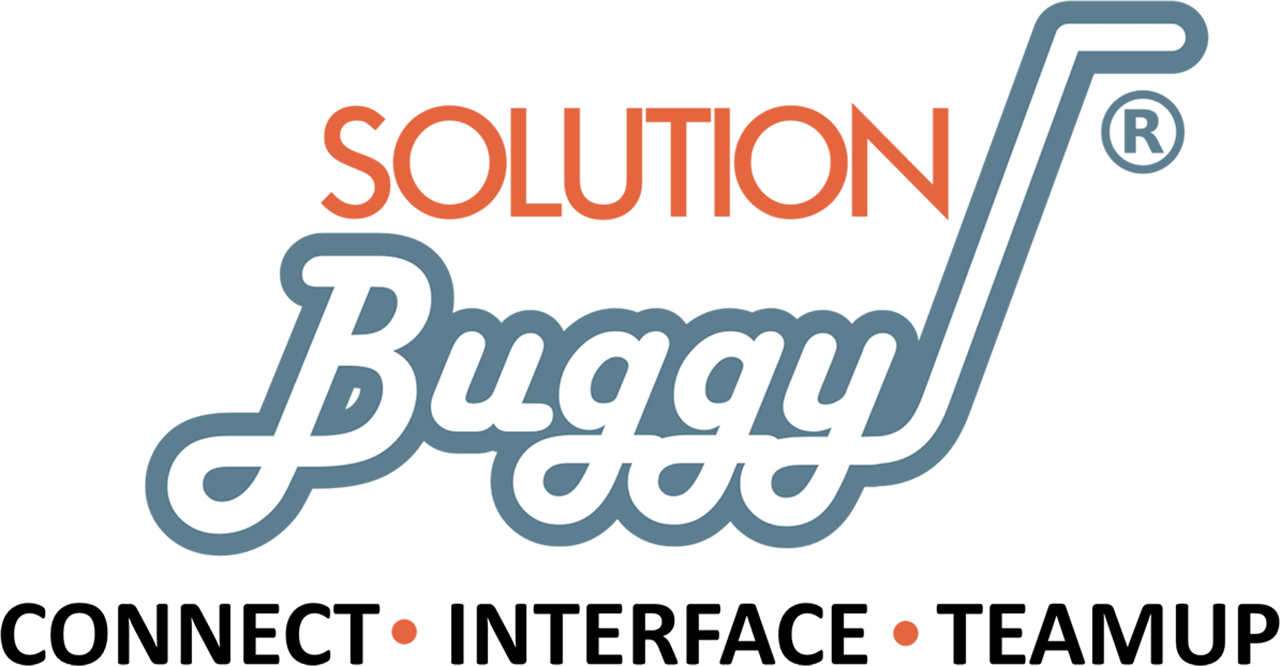Sustainability plays a vital role in today’s textile manufacturing industry. Embracing technology can optimize production processes, reduce energy consumption, and minimize waste. Automation and digitization are effective methods to achieve this, enhancing efficiency and streamlining operations.
To reduce water usage, advanced monitoring systems are crucial. These systems track and analyze usage patterns, identify inefficiencies, and offer suggestions for improvement. Manufacturers can further reduce their carbon footprint by adopting renewable energy sources like solar power. This not only benefits the environment but also enhances the company’s reputation as a socially responsible manufacturer.
Furthermore, incorporating green chemistry practices such as using non-toxic chemicals in the dyeing process can significantly contribute to sustainability efforts. By prioritizing sustainable manufacturing practices, textile manufacturers can create high-quality and eco-friendly products. This will not only benefit the environment but also appeal to consumers who prioritize sustainability when making purchasing decisions.







